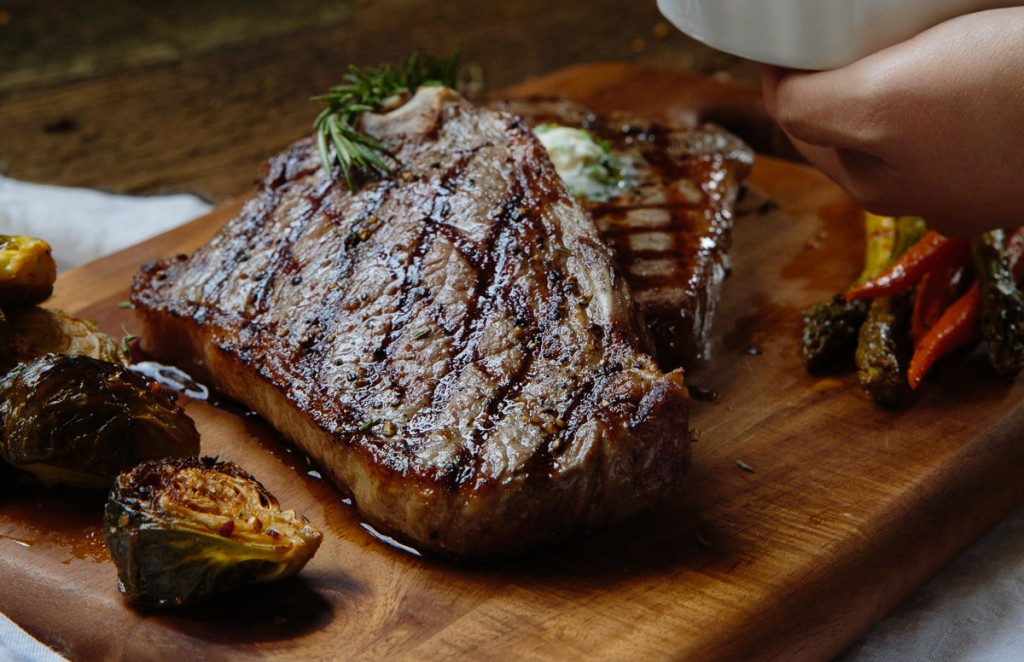Why dry-aged beef tastes better

All fresh beef is aged for at least few days and up to several weeks to allow enzymes naturally present in the meat to break down the muscle tissue, resulting in improved texture and flavor. These days, most beef is aged in plastic shrink-wrap—a process known as wet-aging. Dry-aged beef, on the other hand, is exposed to air so dehydration can further concentrate the meat’s flavor. It’s a more expensive process than wet-aging, however, because the meat loses weight from dehydration, and it also must be trimmed of its completely dried exterior.
Wet dry-aged a previously wet-aged boneless beef rib roast from our local market in one of our test kitchen refrigerators for three days. We had another rib roast from the same steer which we left in its plastic wrap to continue aging for the same amount of time. After roasting, we tasted them side by side. The dry-aged roast was more succulent and had a mellower yet beefier flavor than the wet-aged roast, which tasted watery by comparison. Next, we dry-aged another roast for seven days, and we were blown away by the flavor. Despite the loss of 20% of its original weight, we’re convinced that for a truly special occasion, like a Christmas or New Year’s dinner, dry-aged beef is worth the time and expense.

